| 作者 |
 黄金的旧闻旧图 黄金的旧闻旧图 |

 |
emperorfan
[博客]
年龄: 49
加入时间: 2010/02/05
文章: 2008
海归分: 814623
|
|
|
作者:emperorfan 在 谈股论金 发贴, 来自【海归网】 http://www.haiguinet.com
GOLD is everywhere:

https://www.businessinsider.com/jason-ruspini-gold-2010-6#-1
https://www.businessinsider.com/12-charts-on-the-state-of-the-world-gold-market-2010-8#gold-prices-1
旧闻旧图如下
如果经济稍回暖,债券升,QEII没必要,美元涨,那可能金和股票都跌
Phase I: The Classical Gold Standard, 1815 -1914
This time period was defined by a gold standard in which currencies represented a certain amount of gold and were convertible into that gold.
This allowed gold to function as an international currency throughout the Western world, encouraging and simplifying trade.
They system may have allowed for booms and busts, inflation and recession, but the result was controlled.
Phase II: World War I and After
Governments, faced with the rising costs of World War I, had to increase their paper money supply. In doing this, they gave up the gold standard. The U.S., in comparison to European powers, retained its gold position.
The result was a chaotic environment where international trade broke down.
Phase III: The Gold-Exchange Standard 1926-1931
Instead of returning to a gold standard that reflected the realities of a changed relationship between paper money and gold, Britain attempted to return to its previous conversion rate.
While the U.S. remained on the regular gold standard, the British invented the gold-exchange, and allowed conversion of their pounds into dollars. All other currencies in the system were convertible into pounds.
The set-up couldn't last, due to the impact of British inflation and an eventual undermining of the system, which led to Britain and other European countries coming off the exchange.
Phase IV: Fluctuating Fiat Currencies, 1931-1945
The result of the abandonment of the gold-exchange standard, was the breakdown of international trade, except for barter agreements between states. The U.S. came off the gold standard to fight depression, but allowed the dollar to convert to gold for central banks.
This led to out and out economic warfare between states and, eventually, World War II.
Phase V: Bretton Woods and the New Gold-Exchange Standard 1945-1968
In the aftermath of World War II, the U.S. government set-up and signed on the world to a whole new gold-exchange standard, in which the dollar was convertible to 1/35 of a gold ounce.
Other currencies set conversions to dollars taken from the pre-war period. There was a dollar shortage in this period, which the U.S. made up through foreign aid.
Imbalances, however, started to pile up and countries became tired of collecting more and more dollars to drive inflation domestically.
As a result of the dollar being overvalued, countries started to convert their dollars to gold. The U.S. saw its gold reserves decline as a result.
Phase VI: The Unraveling of Bretton Woods, 1968-1971
In response to higher demand to convert dollars to gold, the U.S. government attempted to set up a two-tier exchange system. Under that system, central banks worldwide would convert gold to dollars at the old rate, while there would be a private market functioning at its own level.
The U.S. also pushed for Special Drawing Rights (SDRs) to be created at this time, to replace gold as a world wide paper currency. Gold's price continued to rise on the private market, and this system did not last long.
Phase VII: The End of Bretton Woods: Fluctuating Fiat Currencies, August - December 1971
With the world threatening to redeem their dollars to gold, President Nixon takes the dollar off the gold standard, sending the world into fiat currency chaos
Phase VIII: The Smithsonian Agreement, December 1971 - February 1973
Smithsonian agreement set up world currencies at fixed exchange rates. This did not last long, however, because the amount of Eurodollars in the market was too high with inflation continuing in the U.S. for "hard-money" countries to maintain their dollar purchases
Phase IX: Fluctuating Fiat Currencies, March 1973 - ?
At first, the fluctuating currency marketplace functioned fine. U.S. companies were happy to see the dollar devalued, as it meant their exports were cheaper. The Western Europeans had their own currency bloc developing, with fixed exchange rates.
But eventually, this situation leads to currency conflicts, competitive devaluations, and other means for countries unhappy over a weak dollar to fight back.
This has lead to a world plagued by inflation, and only propelled the push for an international paper currency, which would lead to even more inflation
<ob<x>ject><param></param><param></param><param></param></ob<x>ject>
That's the downside of pegging to the dollar: the yuan is merely a proxy for the dollar.
The lower the dollar sinks, the more commodities will cost in China--not a good thing for an economy that is heavily dependent on inefficient production and a real estate bubble for its growth.
The only way to decouple the value of the dollar from commodities would be to have two different valuations for the yuan: one for physical-goods commodity trade and one for currency trades. Short of that dual-currency system, China will be forced to swallow massive inflation in commodity prices as the dollar weakens. That inflation threatens its citizens with declining purchasing power and its industries with much higher costs.
The other side of the vise is a much stronger dollar. Were the USD to strengthen against other currencies, then China's export goods would cost substantially more in Europe and Japan--in effect, making Chinese goods less competitive everywhere except the U.S.
If the dollar weakens, China will import inflation and much higher commodity prices, hurting its economy.
If the dollar strengthens, then Chinese goods become much more expensive when priced in Euros, yen, etc. Either way, China's economy suffers negative consequences.
Is being trapped in a vise controlled by another State really being in charge? Who would choose to give the power over commodity prices and one's export prices to another nation? That is not power, that is weakness. the U.S. can do whatever it wants with the USD, and the Chinese will take the consequences. "Inoculating" the surplus dollars piling up in China and adjusting the peg are merely tweaking the side bets in a game owned and controlled by the U.S.
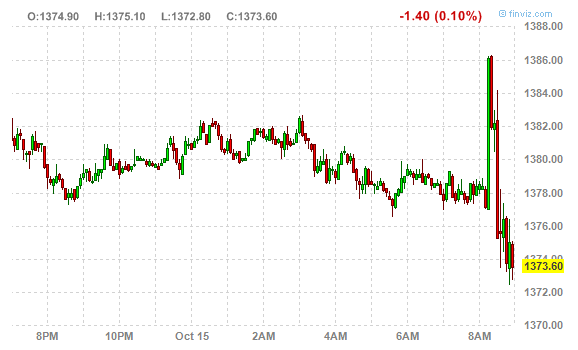

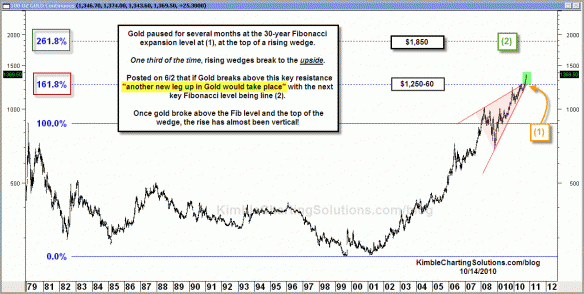

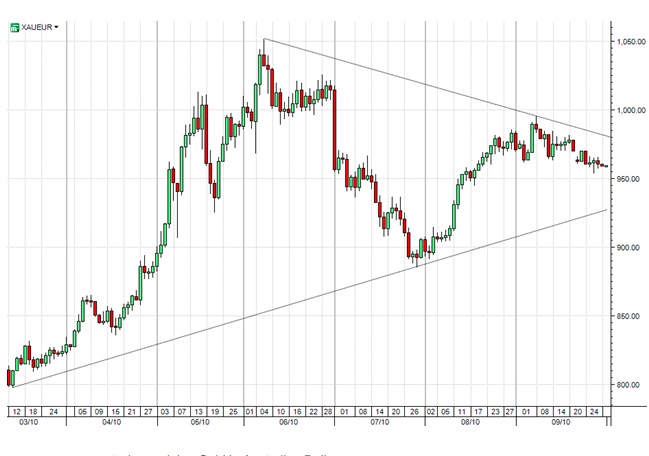
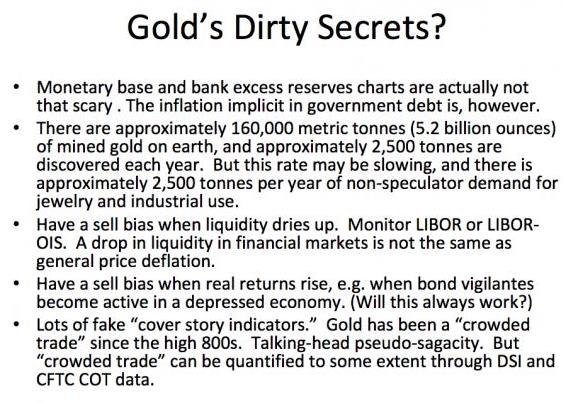
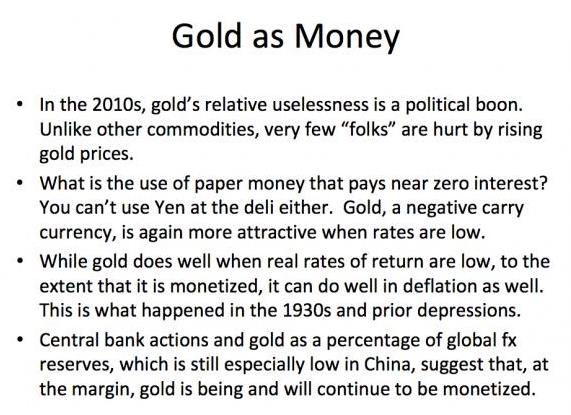
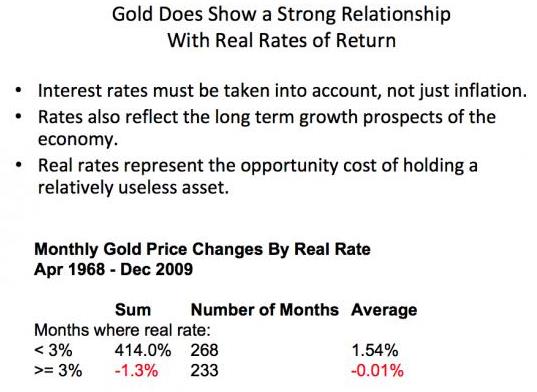

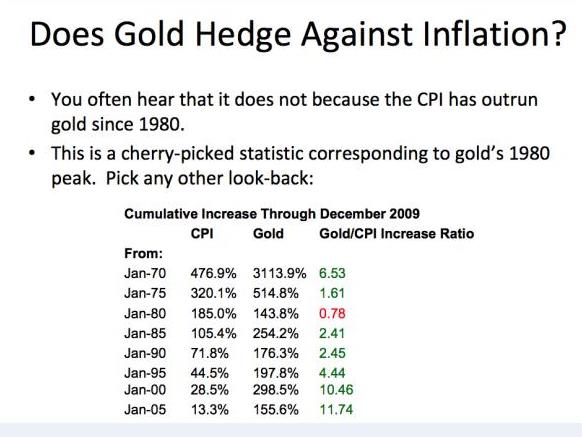


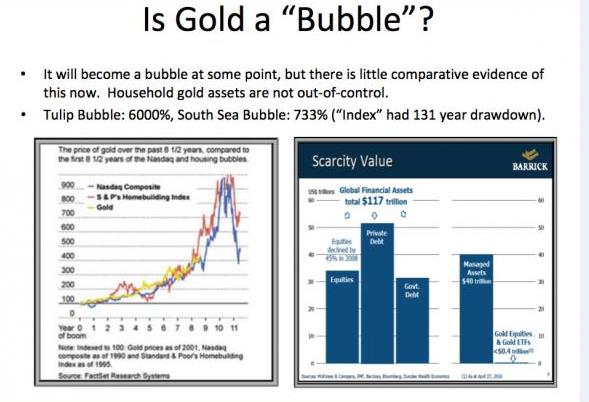
作者:emperorfan 在 谈股论金 发贴, 来自【海归网】 http://www.haiguinet.com
|
|
|
| 返回顶端 |
|
 |
|
-
 黄金的旧闻旧图 -- emperorfan - (7986 Byte) 2010-10-24 周日, 13:18 (2005 reads) 黄金的旧闻旧图 -- emperorfan - (7986 Byte) 2010-10-24 周日, 13:18 (2005 reads)
|
|
|
|
您不能在本论坛发表新主题, 不能回复主题, 不能编辑自己的文章, 不能删除自己的文章, 不能发表投票, 您 不可以 发表活动帖子在本论坛, 不能添加附件可以下载文件, |
|
|
